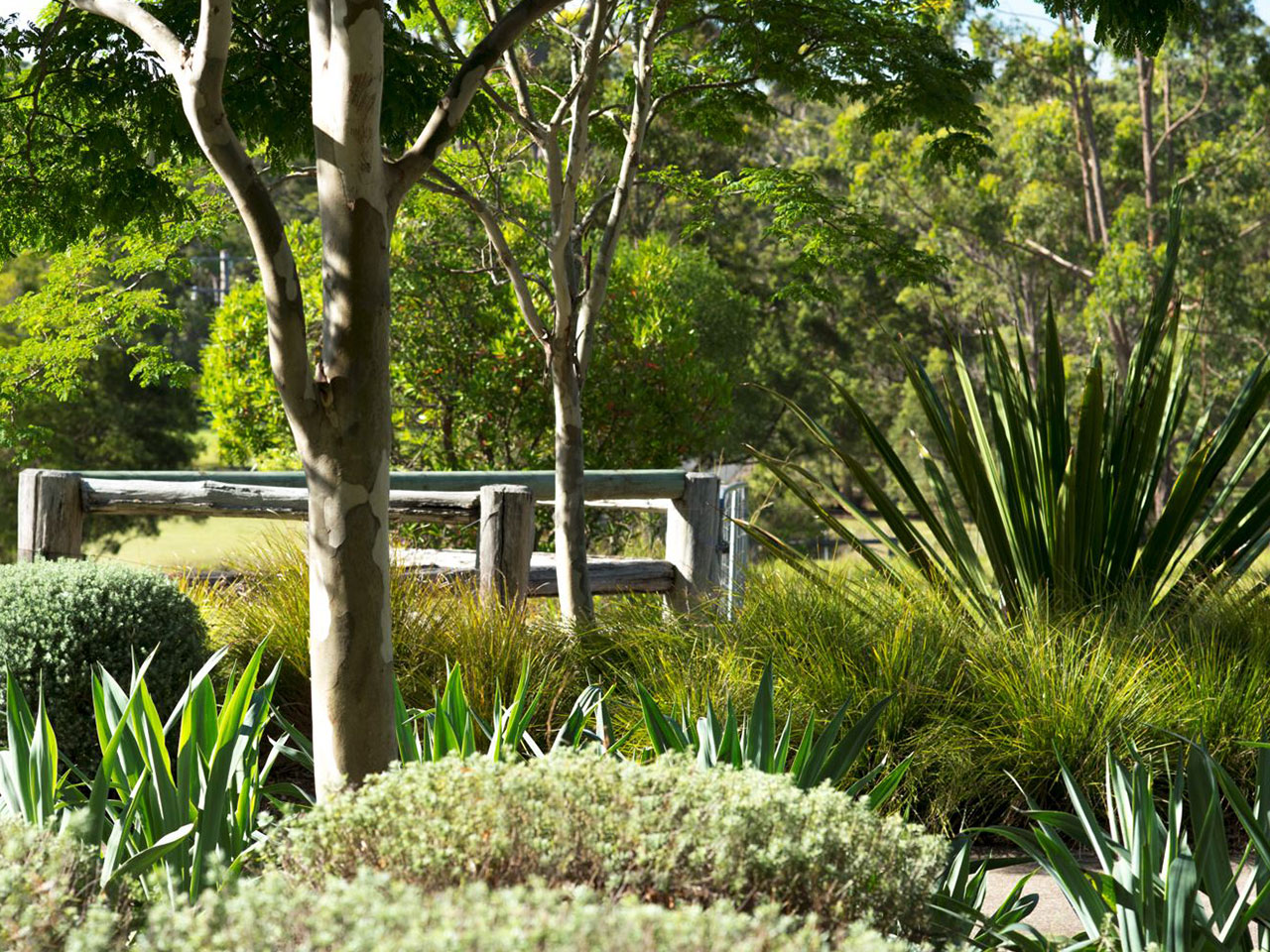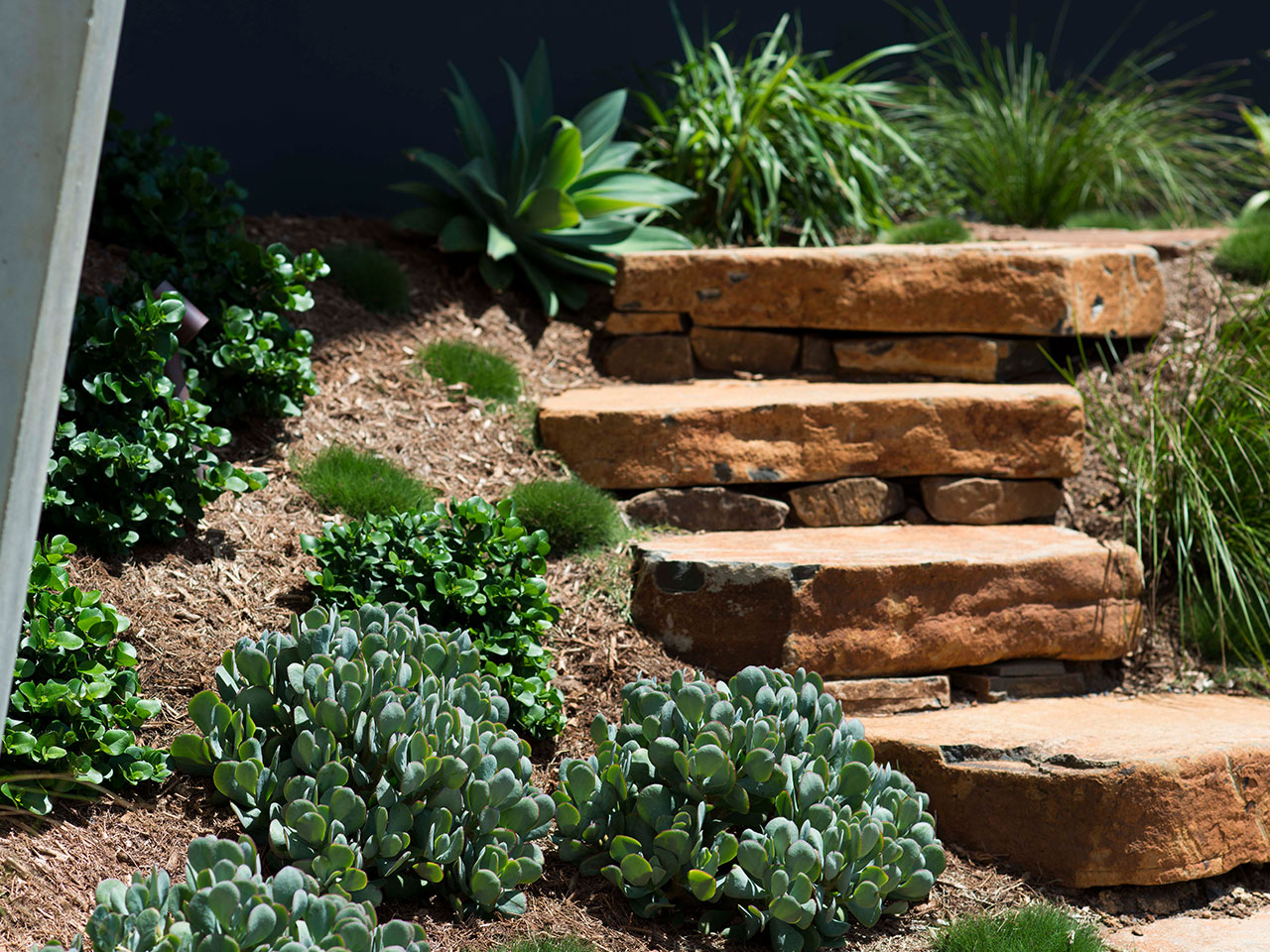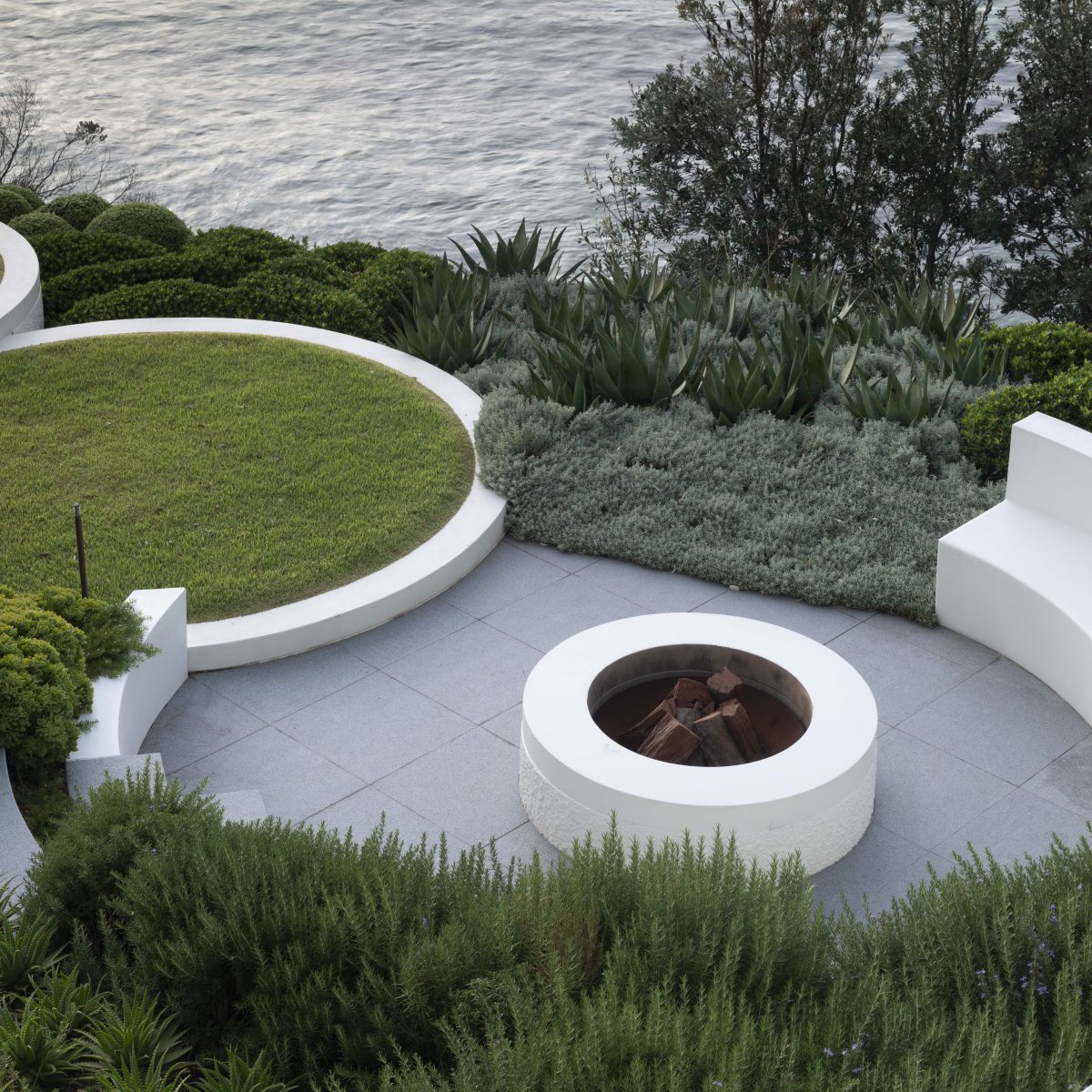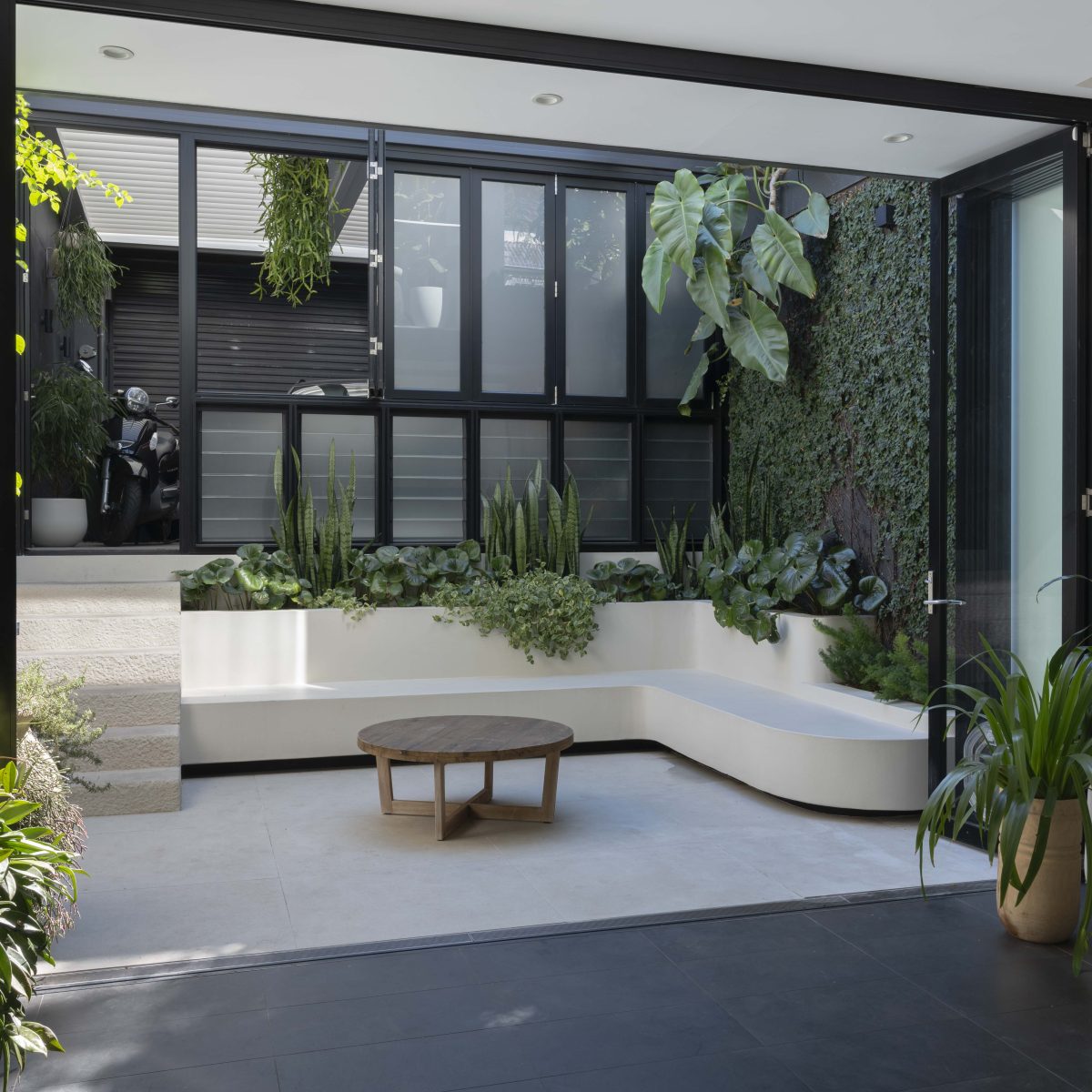In the mid 90s, the cottage garden, with its high maintenance beds of flowering plants gave way towards the end of the century to a more formal style of parterre with shaped hedges and topiary in need of almost constant attention. By the time we had reached the 2010s, everyone wanted low maintenance gardens, often relying heavily on paved areas and architectural planting to set the tone.
But as the century has progressed, so too has the way we approach garden design, says Nick, Project Architect at Secret Gardens.
“We are finding people want something more sustainable. They are much more aware of sustainability after the water restrictions and bushfires of 2019 and 2020. They want to see change but they don’t want the constant maintenance.”
“We are finding people want something more sustainable,” he says. “They are much more aware of sustainability after the water restrictions and bushfires of 2019 and 2020.
“They want to see change and that transition of the seasons but they don’t want the constant maintenance.”
Deciding on the style of your garden is a key part of the design process and will be determined by a number of factors, aside from trends. Nick says often your local area will be the first clue to the direction you should go in.
“The location is one of the first things we look at, whether it is a beach or a bush setting,” he says.
Beach or coastal locations are usually characterised by sandy, free draining soils, while bush settings can be sandy or clay soils. While soils can be improved, the kind found naturally on your site is an indicator of the plants that will thrive in your new garden. Choosing plants that will do well without too much help is a more sustainable approach to garden design. “A lot of plants, if they are the right choice for the conditions, they will look good,” Nick says. “Choosing those species helps reduce the need for water on site and maintenance.”
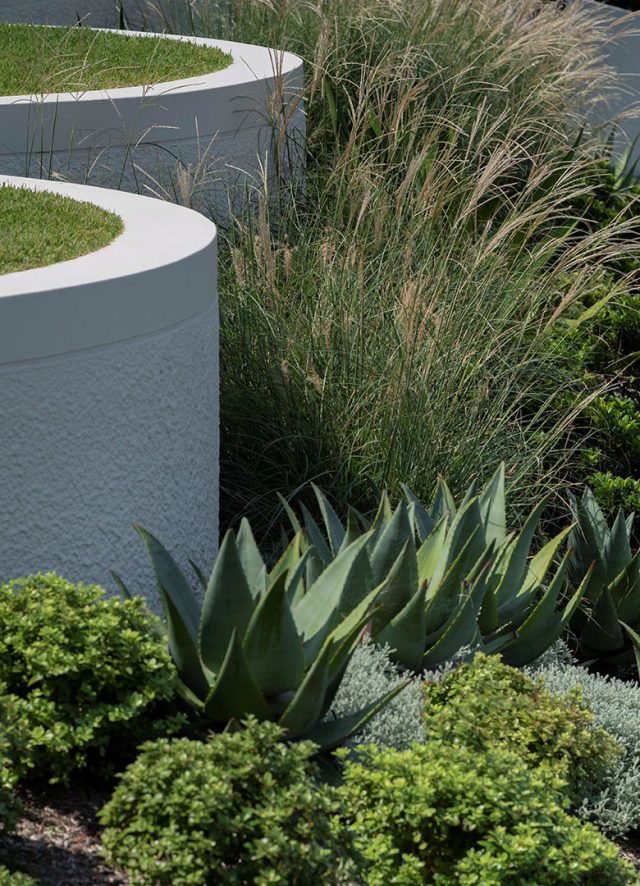
In terms of colours, coastal gardens typically lean towards a softer palette of silvers, pale greens and blues while suburban or bush palettes often have an array of colours, from lime through to dark greens. While native plants are now more popular amongst homeowners than ever, those looking for seasonal change may prefer exotic deciduous trees and shrubs with leaves that will change colour in autumn.
“There is change in native plantings, but often that’s about flowering plants,” says Nick.
While native species often thrive naturally in what many perceive as a wild and untamed bush setting they too can be pruned and managed into more cultivated shapes to create areas of contrast and visual interest in the garden. Nick says considering how much time and money you intend to spend maintaining the garden will help you better shape your style.
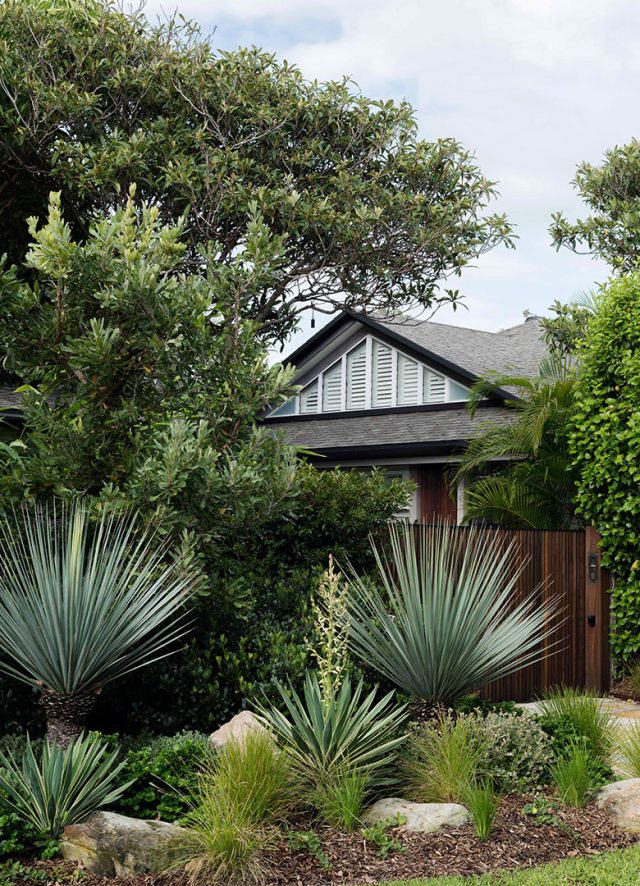
“When we talk about the design early on, we flag the types of maintenance that will be required and we gauge how involved the owners are in their garden,” he says. “Sometimes you can judge that by how busy they are at work, where they live and where their garden is at.”
In some cases, it’s worth looking at what the neighbours are doing and what is working. Just as you would take into account the architectural styles and standards of houses on your streets, adopting the local garden style – if there is one – will help your place fit better into the streetscape.
Take a walk around the neighbourhood to see what grows well in your area, as well as what struggles for survival.
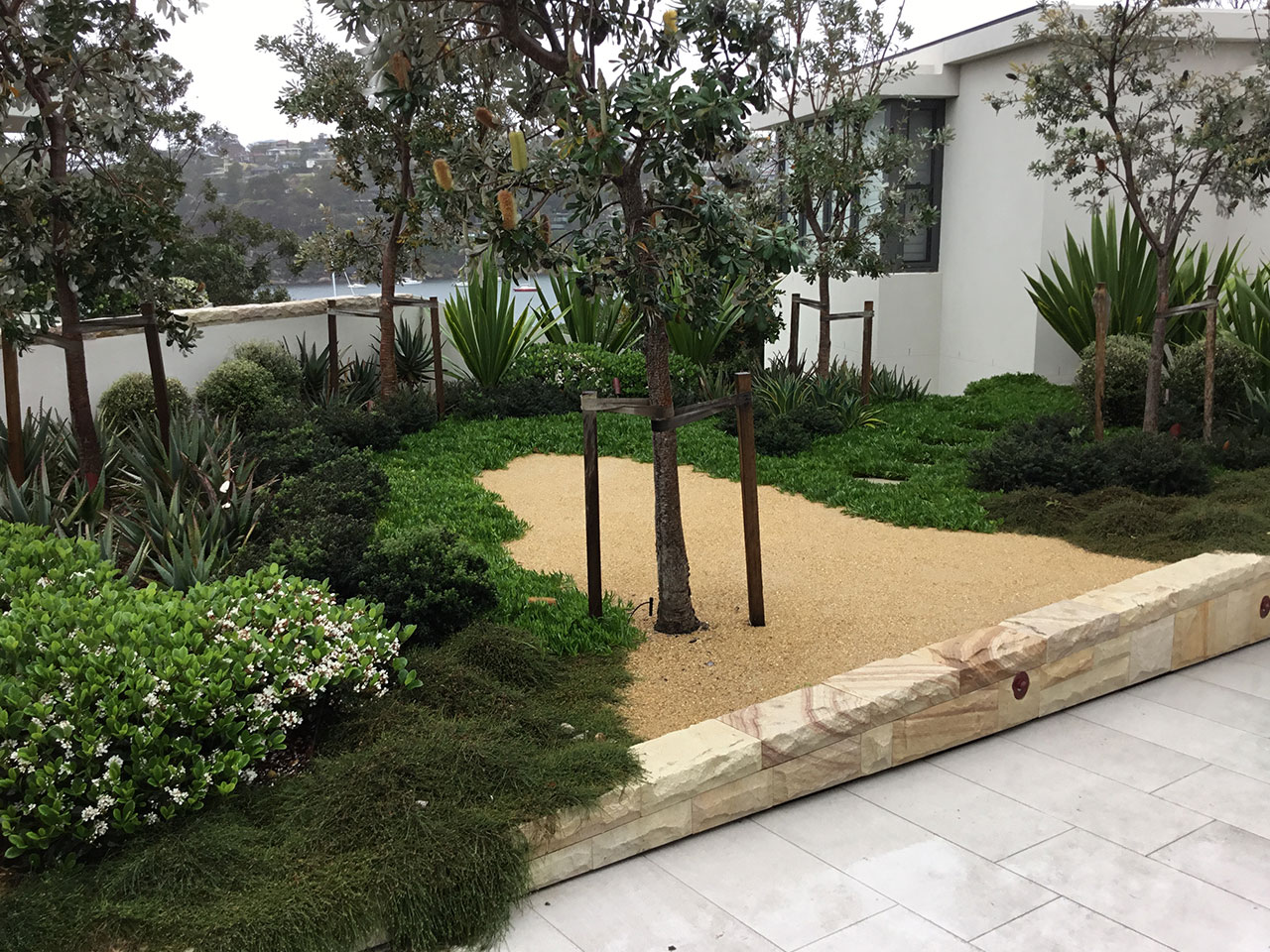
Consider the architectural style of your house but don’t feel the need to copy it. Sometimes sharp corners and strong angles can benefit from softer plantings.
Think about who the garden is for. If you want play spaces as well as entertaining areas, make sure the garden can take a few knocks.
Work with your site, not against it. Choosing plants suited to your soil is not only more sustainable, it will save you money in the long run.
